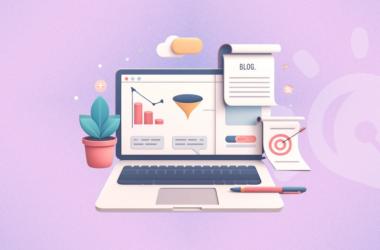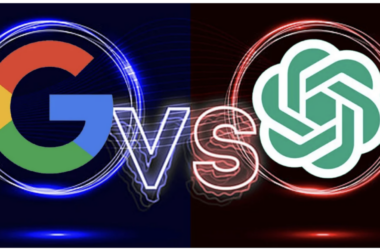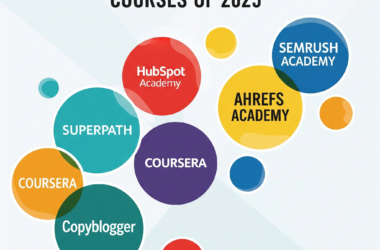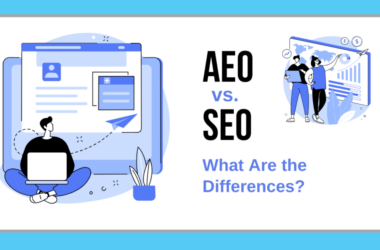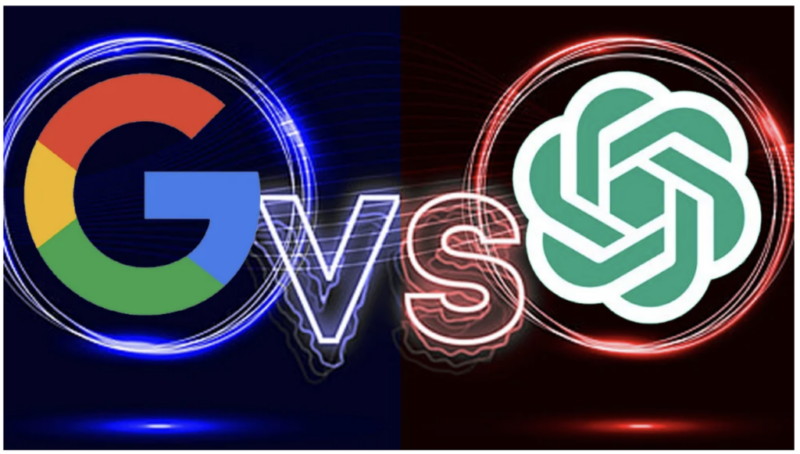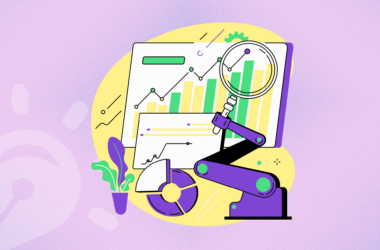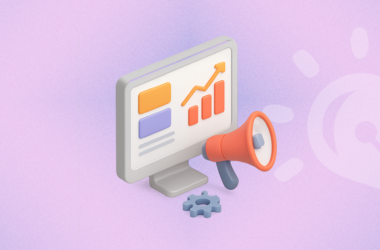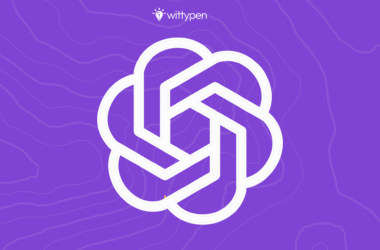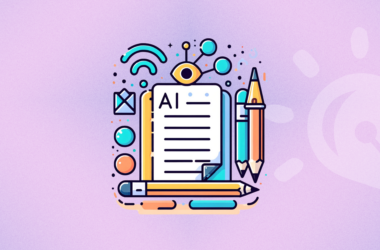In the fast-evolving field of artificial intelligence, you may have heard of two key players: OpenAI’s ChatGPT and Google’s Gemini. Both are big, impressive AI tools with massive language models (LLMs), and both will undoubtedly change the ways we interact with technology, create new content, and solve problems.
In terms of generative AI chatbots, Google Gemini has a 13.3% market share as of 2024. Although each platform can give smart assistance, they differ in architecture, strengths, and preferred use cases. This blog post will explore those differences so you have a better understanding of which AI may be a better fit.
Table of Contents
- Understanding the Core: GPT and Gemini’s Foundations
- Exploring the Differences: Beyond the Surface
- Multimodality and Data Integration
- Ecosystem Integration and Real-time Information
- Context Window and Long-Form Processing
- Performance in Creative vs. Analytical Tasks
- User Experience and Accessibility (Free vs. Paid Tiers)
- Synthesizing Insights: Choosing Your AI Companion
Understanding the Core: GPT and Gemini’s Foundations
Ultimately, both ChatGPT and Gemini rely on large transformer architectures that are intended to read and produce human-like text. ChatGPT is built on the GPT series developed by OpenAI (GPT-4 and the recent GPT-4o) and has garnered substantial fame for its conversational abilities and text-generating creativity. Gemini is Google’s answer to this, a natively multimodal model that uses a range of data types (text, images, audio, video) and has been built from the ground up to understand and utilize those types of data. This primary approach to their foundational model sets the stage for a lot of their differences.
Exploring the Differences: Beyond the Surface
To truly understand “GPT vs. Gemini,” we need to look beyond their basic functionalities. Authoritative tech journals and extensive user experiences highlight several key areas where these AI giants diverge.

1. Multimodality and Data Integration:
The most significant difference relates to their multimodality. Gemini was designed as a multi-modal AI from day one. This means it has been designed to process and understand multiple forms of data within a single interaction (text, images, audio, video).
For example, you could give Gemini an image and ask it to describe it or summarize a video directly to it. The architecture of many modalities represents a very powerful and differentiated advantage, especially for projects that require a comprehensive analysis of disparate data.
Example: Think about being a market researcher. With Gemini, you could upload a focus group discussion in video format, along with transcripts and pictures of prototype products, and ask Gemini to analyze customers’ sentiments from across all those modalities, including common themes and emotional reactions.
While ChatGPT is increasingly employing multimodal capabilities (for example, Dall-E 3 for image generation and speaking capabilities), these are typically handled by different subsystems or plugins within ChatGPT. So, while that works for what it is, it is unlikely to provide users with a native processing experience that feels as seamless and unified as Gemini.
| Also Read: How to use AI tools for Content Writing |
2. Ecosystem Integration and Real-time Information:
Google’s main strength is its broad ecosystem of products and services. And Gemini is designed to really maximize that ecosystem, with direct integrations with Google applications: Gmail, Google Docs, Sheets, Calendar, YouTube, Google Maps, etc. Because of the integrations, you can have highly streamlined workflows, such as asking Gemini to summarize a thread in Gmail or asking it to find something in a Google Doc directly.
Example: A project manager with a lot on their plate could request Gemini to simply “Summarize the key action items from the last five emails with John from marketing and add them to my Google Calendar for next week.” Gemini can then easily access and parse that information in your Google Workspace.
Although ChatGPT has some third-party integrations and some web browsing capabilities, it won’t be quite the same as having “family integration” native to a full suite of daily productivity tools. While ChatGPT’s web access, often as an extension of Bing, can provide current information, the ability to integrate seamlessly with personal data across Google’s services is a clear advantage of Gemini.
| Did You Know? Every month, ChatGPT.com receives about 5.19 billion visits. |

3. Context Window and Long-Form Processing:
The “context window” is how much information an AI can process and later “remember” in a single conversation or prompt. Having more context means that the AI can generate coherent and relevant interactions that carry on longer conversations or larger documents.
Especially with its Advanced versions, Gemini has a much larger context window (up to 2 million tokens, or about 1,500 pages of text in some experimental versions) than ChatGPT (about 128,000 tokens for a mini-GPT-4o). Gemini is ideal for analyzing lengthy reports, entire books, or extended codebases while keeping the context in mind and not requiring the user to segment a larger block of input into smaller sub-chunks.
Example: A legal practitioner may provide a complete contract or the lengthy brief of a research paper to Gemini and request a summary of the relevant clauses, potential risks, or precedent cases discussed within the contract. The attorney would have confidence that the artificial intelligence would understand the entire text.
While ChatGPT’s context window is substantial for most everyday tasks, for truly massive documents or prolonged, intricate discussions, Gemini’s larger capacity can be a decisive factor.
4. Performance in Creative vs. Analytical Tasks:
While both AI tools are versatile, a general pattern emerges in their performance across different task types:
- ChatGPT is often effective at creative writing, brainstorming, and producing engaging human-like output. ChatGPT’s outputs tend to be longer, more creative, and better at writing stories, marketing, and creative scripts. It is usually recognized for producing more fluid writing like a human.
Example: A content creator looking for new blog post ideas, captivating titles, or even the beginning of a short story will likely find ChatGPT’s outputs more creatively engaging and ready to use.
- Gemini is often geared towards reasoning and handling factual information, so it typically shines on analytical tasks, researching, and technical problem-solving. It seems to have a tendency to give shorter, more structured, more direct responses with factual, precise information. Gemini has demonstrated considerable strengths in summarizing, making big concepts simple to understand, and preparing and handling data analysis.
An example might be a student conducting academic research – the summaries, and the ability to quickly get summaries of research papers, extracting key points of data, and handling complex datasets highly accurately, might lead a student to prefer Gemini. The same can be said for coding and debugging. Gemini is especially strong in certain coding environments under Google Dev Tools.
| Pro Tip: Beyond simply accepting image or audio input, explore how Gemini’s native multimodality can offer deeper insights. Try asking it to analyze visual trends in charts, summarize a video presentation, or even describe objects in a live camera feed (if available). |
5. User Experience and Accessibility (Free vs. Paid Tiers):
Both ChatGPT and Gemini offer free versions, but their limitations and the value proposition of their paid tiers differ.
- ChatGPT’s free tier typically offers access to slightly older models (like GPT-4o mini) with usage limits, but often provides a consistent experience without strict monthly caps that render the tool inaccessible. The paid ChatGPT Plus ($20/month) unlocks access to the latest, more capable models (GPT-4o) and advanced features like DALL-E 3 for unlimited image generation (within reasonable usage).
- Gemini’s free tier often includes image generation and a strong connection to Google’s ecosystem. The paid Gemini Advanced ($19.99/month) not only provides access to the most powerful Gemini models (Gemini 2.0 Pro) but also bundles in significant value through a Google One AI Premium subscription, which includes substantial cloud storage (e.g., 2TB) and deeper integrations with Google Workspace.
Example: For a user deeply embedded in the Google ecosystem who also needs ample cloud storage, Gemini Advanced offers a compelling value proposition that goes beyond just the AI chatbot itself. For someone primarily focused on text generation and general AI assistance, ChatGPT’s paid tier might feel more direct in its offering.
| Did You Know? The largest source of traffic to Google Bard was the United States (15.94%), followed by India (10.38%), Indonesia (4.25%), and other countries (59.32%). |
Synthesizing Insights: Choosing Your AI Companion
Ultimately, the choice between ChatGPT and Gemini often boils down to your primary use cases and existing digital ecosystem.
- Choose ChatGPT if you prioritize highly creative text generation, engaging conversational experiences, brainstorming, and a wide range of general writing tasks. Its robust third-party plugin ecosystem also offers significant versatility.
- Choose Gemini if you require deep integration with the Google ecosystem, extensive multimodal analysis (especially involving images, audio, and video), processing of very long documents, or tasks that benefit from strong reasoning and factual accuracy. The bundled Google One benefits with Gemini Advanced also present a compelling package.
| Pro Tip: Don’t limit yourself to just one. For creative brainstorming or generating marketing copy, start with ChatGPT. For data analysis, summarizing long documents, or tasks involving Google Workspace, switch to Gemini. |
GPT and Gemini are under active development and are continually adding features and updating models. With the competition heating up between OpenAI and Google, there’s no doubt that both companies are putting pressure on each other to improve their offerings, and in many ways, they are starting to have similar capabilities.
It will be important to acknowledge the subtle differences between the two as AI tools begin to integrate our personal and professional lives, and recognizing those differences will help us make better decisions using these potentially world-changing technologies. Both ChatGPT (if you prefer the creativity) and Gemini (if you prefer the integrations) are tremendous demonstrations of found capabilities in content generation and problem-solving.

